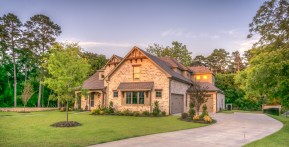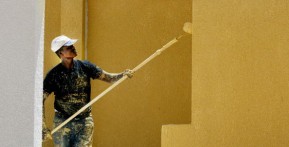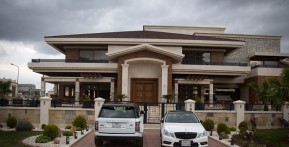Shigeru Ban, the Japanese architect known for his cardboard buildings, has been named the winner of the 2014 Pritzker Prize, the highest accolade of the architectural industry.
Announced Tuesday, the jury named Ban the year's best architect based on his innovative use of building materials and prolific work in disaster-hit areas like Haiti, Christchurch and Japan.
"Shigeru Ban is a force of nature, which is entirely appropriate in the light of his voluntary work for the homeless and dispossessed in areas that have been devastated by natural disasters. But he also ticks several boxes for qualification to the Architectural Pantheon-a profound knowledge of his subject with a particular emphasis on cutting-edge materials and technology; total curiosity and commitment; endless innovation; and infallible eye; and acute sensibility-to name but a few," The Lord Palumbo, chairman of the Pritzker jury, said in an official statement.
The award makes Ban the seventh Japanese to have ever won the accolade. Ban was shocked when he learned of his winning.
"When Martha Thorne [the executive director of the Pritzker] called to tell me, I thought she was joking," Ban told The Architect's Newspaper.
"I knew about the reason why I was chosen, and I knew that the reason was quite different from other laureates," he continued. "It was an encouragement for me to continue to do the kind of social work I do as well as making projects like museums and others, so I try to keep a balance between other kinds of projects and working in disaster areas. So I'm taking it as an encouragement rather than the award was for such achievement."
Tokyo-based, 56-year-old Ban is recognized for his brilliant work with cardboard. He has built homes, cathedrals and museums using recyclable paper materials, revolutionizing architecture along the way.
"When you finish a roll of tracing paper or fax paper, there are always paper tubes left over. They were so strong and so nice, so I kept them. Then I went to the factory where they made them, and I saw they could make any length and any diameter," Ban told The Guardian.
Since then, he has been using these cardboard rolls as his core building materials. Ban explained that especially after a disaster, building materials become expensive. Also, traditional materials take a long time to complete construction and are therefore infeasible at a level, reports NPR.
Speaking about how different his role as an architect is, Ban told the Arch Daily:
"When I was younger, when I was a student, no one was talking about working in a disaster area. I was quite disappointed when I became an architect, because mostly we are working for privileged people who have money and power and we are hired to visualize their power and money with monumental architecture. I also like to make monuments because monuments can be wonderful treasures for the city, but also I knew many people were suffering after the natural disasters, and the government provided them very poor evacuation facilities and temporary housing. I believe I can make them better. That's really an important role for myself; to continue working in disaster areas."
Some of his most prominent projects include the Cardboard Cathedral in Christchurch, the Paper Concert Hall in Italy and Paper Log houses used in several natural disaster hit areas and refugee camps.













